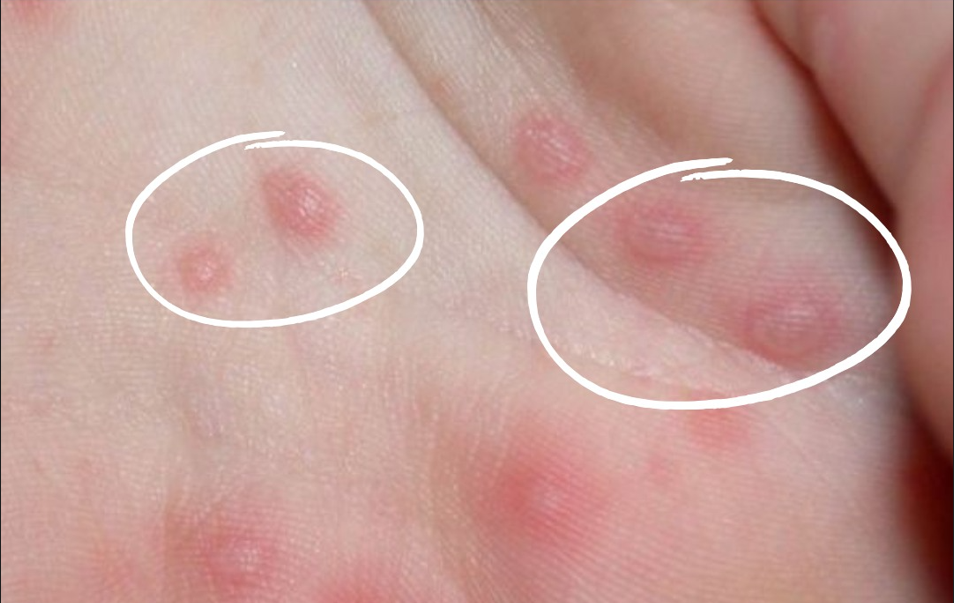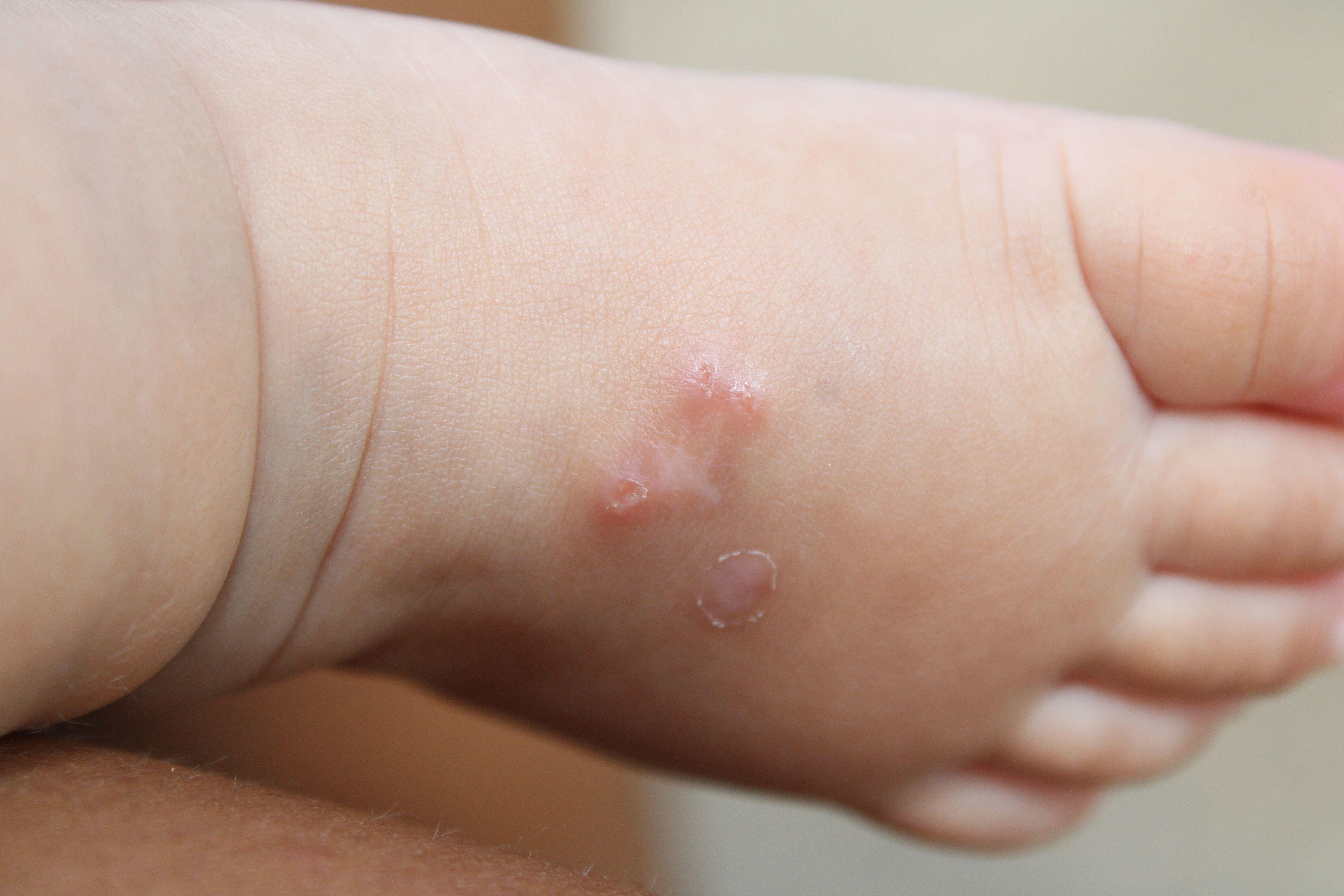Scabies, caused by the Sarcoptes scabiei mite, is a highly contagious skin condition that affects millions worldwide each year. This small mite burrows into the skin, causing intense itching and a rash. Scabies is not only physically uncomfortable but also socially disruptive due to its contagious nature. It’s crucial to understand how scabies spreads, the symptoms to look out for, and the treatment options available to manage and prevent it.
What is Scabies? An Overview of the Infestation

Scabies is a parasitic infestation where mites burrow under the skin to feed, live, and lay eggs. These mites are tiny, about the size of a pinhead, making them nearly impossible to see without a microscope. Your skin reacts to the mites and their waste by developing a persistent rash that’s often intensely itchy, especially at night.
Despite popular misconceptions, scabies is not a sign of poor hygiene. It can affect anyone, regardless of cleanliness, age, race, or socio-economic status. The condition spreads easily in crowded living environments, making outbreaks more common in places like nursing homes, dormitories, shelters, and correctional facilities.
Different Types of Scabies: Beyond the Classic Form
While the most common form of scabies involves a typical rash and itching, there are other variations:
Crusted (Norwegian) Scabies
Crusted scabies is a more severe form that usually occurs in people with weakened immune systems. It’s characterized by thick, crusty patches of skin that contain thousands, if not millions, of mites. The intense infestation makes this form more contagious and harder to treat.
Nodular Scabies
This variant is more common among children and tends to affect sensitive areas like the genitals, armpits, and groin. The rash appears as raised, itchy nodules that may linger even after the mites are gone. Nodular scabies often requires additional treatment to manage the persistent nodules.
Symptoms of Scabies: What to Look For
Scabies symptoms may take several weeks to appear after initial exposure, but the condition eventually becomes unmistakable. Key symptoms include:
- Intense itching that worsens at night.
- Red, bumpy rash that spreads slowly over weeks or months.
- Burrowing tracks, which appear as raised, skin-colored lines.
- Sores from scratching, which can become infected.
The itching caused by scabies is often so severe that it can lead to sleep deprivation, especially in children. If a child has scabies, they may become irritable or struggle to sleep due to persistent itching.
Common Areas Affected by Scabies
Scabies mites tend to burrow into the folds and crevices of the skin. Common areas for infestation include:
- Between the fingers and toes.
- Wrists, elbows, and knees.
- Waistline, under rings or bracelets.
- Genital area and nipples.
- In children, scabies can also appear on the face, scalp, and neck.
Causes and Transmission of Scabies

Scabies is caused by mites that burrow under the skin to live, feed, and lay eggs. The body’s immune response to these mites and their waste products results in the itching and rash characteristic of scabies.
How Scabies Spreads
The primary mode of transmission is direct skin-to-skin contact with an infected person. The longer the contact, the greater the risk of transmission. While less common, scabies can also spread through infested bedding, clothing, or towels. Because the mites can only survive off a human host for a few days, indirect transmission is less likely but still possible.
Risk Factors for Scabies Infestation
Anyone can contract scabies, but some people are at higher risk, including:
- Those living in crowded conditions like shelters or group homes.
- Infants and children who have close physical contact with caregivers and playmates.
- The elderly, especially those in nursing homes.
- Healthcare workers who care for infected patients.
- Sexually active individuals, as scabies can spread through intimate contact.
- People with compromised immune systems, who are more susceptible to severe forms of the infestation, like crusted scabies.
Diagnosis: How Scabies is Identified
If you suspect you have scabies, you should see a healthcare provider for a diagnosis. Providers typically identify scabies by examining the rash, but they may also use skin scraping to confirm the presence of mites, eggs, or fecal matter under a microscope.

Diagnosing Scabies in Children
In children, scabies may require more extensive examination because the rash can cover larger areas, including the scalp and face. Early detection is essential to prevent complications and to stop the spread of the infestation within households or schools.
Treatment Options for Scabies: What Works Best
The primary goal of scabies treatment is to kill the mites and relieve itching. Treatment usually involves medicated creams or oral medication.
Topical Medications
Topical treatments are the most common method for treating scabies. Some effective options include:
- Permethrin cream: The first-line treatment, applied over the entire body from the neck down and left on overnight.
- Crotamiton lotion or cream: Another option, though it may require multiple applications.
- Sulfur ointment: Often used for pregnant women and young children due to its safety profile.
These medications need to stay on the skin for 8 to 14 hours before washing off, so they’re typically applied at bedtime. In severe cases like crusted scabies, additional treatments may be necessary.
Oral Medications
Oral medications are another option for treating scabies, particularly when topical treatments fail or cannot be used. Ivermectin, an antiparasitic medication, is often prescribed. It’s given in a single dose, with a second dose one to two weeks later.
Managing Symptoms

While treatments kill the mites, itching can persist for weeks. To manage symptoms, doctors may prescribe:
- Antihistamines for itch relief.
- Steroid creams to reduce inflammation.
- Antibiotics for secondary infections from scratching.
Preventing the Spread of Scabies
If you’re diagnosed with scabies, taking steps to prevent its spread is crucial:
- Wash bedding, clothing, and towels in hot water, followed by a hot dryer cycle.
- Isolate unwashable items in sealed plastic bags for at least a week.
- Limit close contact with others until treatment is complete.
- Ensure that all household members and recent close contacts are treated simultaneously, even if they don’t show symptoms.
Conclusion
Scabies, while uncomfortable and contagious, is treatable with proper medical intervention. Early diagnosis, prompt treatment, and preventive measures can help manage the condition and prevent its spread to others. If you suspect scabies, consult a healthcare provider immediately to avoid further complications and reduce the risk of transmission. With effective treatment, relief is possible, and recovery can begin.


